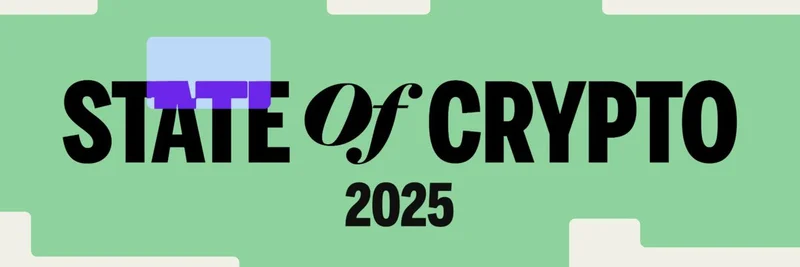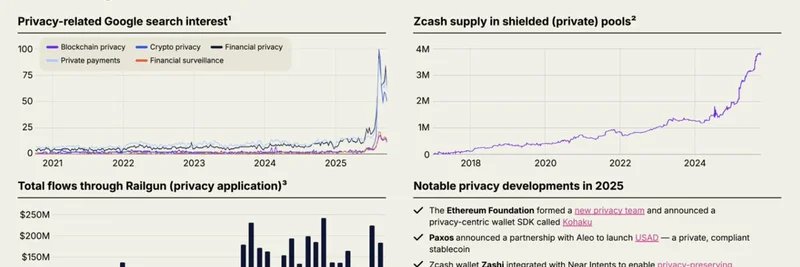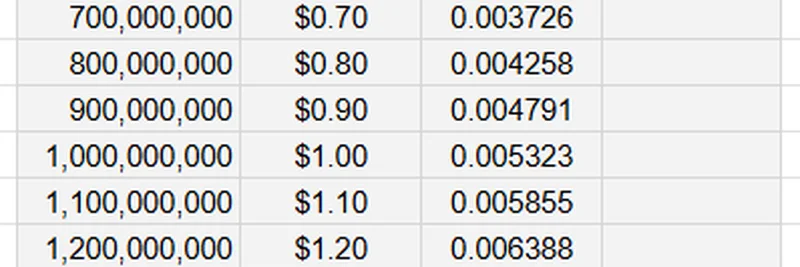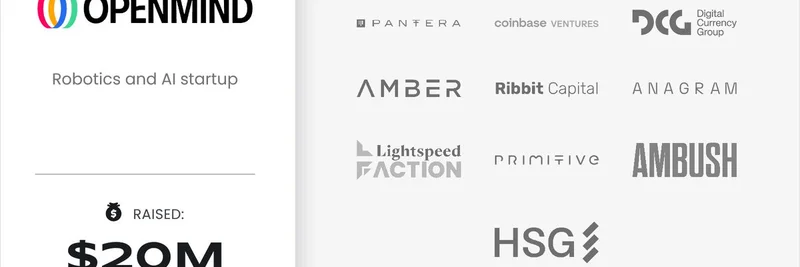Recently, BSC News dropped a tweet highlighting their comprehensive guide on Chainlink, calling it the only article you need to grasp why this project holds a unique place in crypto. You can check out the tweet here and dive into the original piece on what is Chainlink. But here at Meme Insider, we're zooming in on how Chainlink intersects with the wild world of meme tokens—those viral, community-driven cryptos that often launch on chains like BNB Chain. Let's break it down in simple terms, especially if you're new to this.
What Exactly is Chainlink?
Imagine smart contracts as automated agreements on the blockchain—they're super efficient but totally blind to the outside world. They can't check stock prices, weather updates, or even sports scores on their own. That's the "oracle problem." Chainlink steps in as a decentralized oracle network (DON), basically a bridge that feeds real-world data into blockchains securely.
Unlike centralized options that could be hacked or manipulated, Chainlink uses a bunch of independent nodes to gather and verify data. This makes it tamper-proof and reliable. It's built mainly on Ethereum but works across multiple chains, including BNB Chain, where tons of meme tokens thrive. For meme token creators, this means their projects can integrate real-time data without trusting a single source—perfect for fair launches or dynamic pricing in DeFi pools.
A Quick History of Chainlink
Chainlink kicked off in 2017, founded by Sergey Nazarov, Steve Ellis, and Ari Juels, with the mainnet launching in 2019. The big idea? Solve that oracle issue plaguing all blockchains. Early on, centralized oracles were risky—like putting all your eggs in one basket. Chainlink flipped the script by decentralizing it, pulling data from multiple sources and cross-checking for accuracy.
Fast-forward to 2024 and beyond: Chainlink now supports over 2,100 projects, with hundreds added yearly. In the meme token scene, this growth means more tools for devs building on BNB Chain, where low fees make it a hotspot for pump-and-fun tokens. Think of it as the backbone that's evolved alongside the explosive rise of memes in crypto.
How Chainlink Works: The Nuts and Bolts
At its core, Chainlink is a network of node operators—thousands of them—who fetch data from off-chain sources like APIs or databases. When a smart contract needs info (say, the price of a hot meme token for a swap), it requests it via Chainlink. Nodes compete to provide the data, aggregate it, and deliver a consensus version back to the chain.
To keep things honest, nodes stake LINK tokens as collateral. Mess up, and they lose their stake. Rewards come in LINK too, paid by users requesting data. Fees depend on the job's complexity and market demand.
For meme tokens, this is gold. Features like verifiable random function (VRF) ensure fair randomness—great for meme-based NFTs or lotteries where "rigged" draws could kill community trust. Automation keeps things running smoothly, like triggering events based on real-world happenings. And with the Cross-Chain Interoperability Protocol (CCIP), launched in 2023, meme tokens can hop between chains like BNB and Ethereum seamlessly, opening up cross-chain memes or liquidity.
Tokenomics: What's Up with LINK?
LINK is Chainlink's native token, powering the whole show. There's a max supply of 1 billion, with about 600 million circulating as of mid-2024. Nodes stake LINK for jobs and get paid in it, creating a self-sustaining loop.
In meme token land, LINK's value ties into broader adoption. As more meme projects on BNB Chain use Chainlink for price feeds (to avoid flash loan exploits, for example), demand for LINK could spike. It's not a meme itself, but it's the utility token that makes meme ecosystems safer and more functional.
Use Cases: Where Chainlink Shines in Meme Tokens
Chainlink isn't just theory—it's in action across crypto. In DeFi, it provides accurate price oracles, crucial for meme token trading pairs on DEXes like PancakeSwap on BNB Chain. Without reliable data, liquidations or swaps could go haywire.
Gaming and NFTs? VRF ensures random, provable outcomes—imagine a meme token with built-in giveaways or generative art where everyone knows it's fair.
Cross-chain stuff via CCIP lets meme communities bridge assets, like moving a dog-themed token from BNB to another chain for better yields.
Even in niche areas like weather-based bets or supply chain tracking, Chainlink could inspire meme token derivatives—think tokens tied to real events, settled automatically.
Overall, Chainlink's role in meme ecosystems is understated but vital. It reduces risks, boosts innovation, and helps these fun projects scale into something more robust.
If you're building or investing in meme tokens, keeping an eye on Chainlink integrations could give you an edge. What do you think—ready to oracle-up your portfolio? Share your thoughts in the comments!




